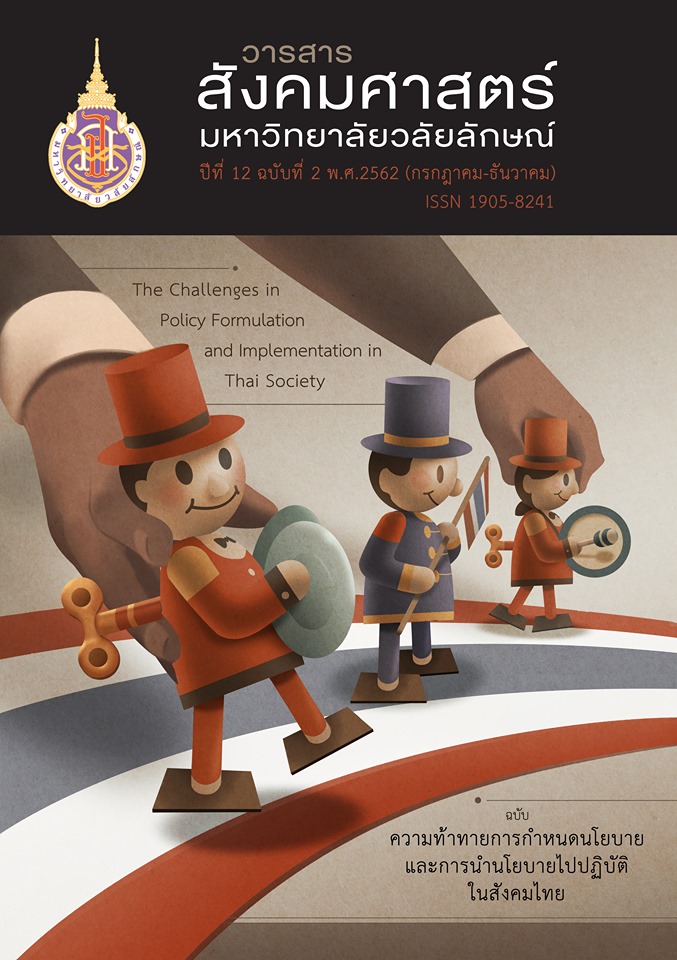Happiness of Architecture Students, Walailak University
Main Article Content
Abstract
This descriptive research is part of the research project for the development of care systems for capacity building and empowering students of Walailak University. The objective is to study factors related to the happiness of students in the School of Architecture and Design, Walailak University. The target group was 40 first - year students studying in the 2nd trimester, academic year 2018. Between November and December 2018, data collection was conducted using the happiness questionnaire to access information on students happiness contained 27questions, which had a reliability of 0.82. Data was analyzed for frequency, average point, and standard deviation.
The study found the overall happiness of freshman in School of Architecture and Design at a high level. However, scores for physical and mental health were low. Therefore, guidelines must be developed to care for, help and support students in learning. Students should be advised on time management for study, play, and relaxation, so that they live a happy life of efficient student in higher education.
Article Details
Copyright: CC BY-NC-ND 4.0
References
Inklab, L., Chatchaisucha, S., & Jongrungreang, N. (2012). Inquiry learning Behavior and feeling of happiness of student nurse at Faculty of Nursing Mahidol University. Retrieved from https://www.tci-thaijo.org/index.php/TJONC/article/view/2278
Jaibuntan, T., Leetragoon, S., & Newrat, K. (2018). The Causal Factors Affecting Happiness in the Study of Undergraduate Students at Chiang Rai Rajabhat University. Graduate School Journal, 11(1), 1-13.
Kawsaard, N., Arpanantikul, M., & Putwatana, P. (2013) Selected Variables Related to Nursing Students’ Happiness. Thai Journal of Nursing Council, 28(1), 19-33.
Kuneephong, A., Tuntiekrat, S. (2017). The relationship between environments of educational institute and learning happiness in descriptive research of the public health undergraduate students at Faculty of Public Health, Valaya Alongkorn Rajabhat University under the Royal Patronage. Journal of Nursing and Education, 10(1). 64-77.
Office of the Education Council Ministry of Education. (2017). National Education Plan 2017-2036. Bangkok, Thailand: Prik Waan Graphic.
Sapphaweerawong J., Dtiiatyor P., Bplookmáidee C., Tingsuk S., Sudsawat S., & Songbpraap, K. (2016). The happiness of students at Walailak University. Songkhla Nagarind Medical Journal, 34(5), 269-279.
Seligman, M. (2018). Happiness is caused by living a joyful life, a good life and a meaningful life. Retrieved from https://www.nicetofit.com/ความสุข
Tridech, P., (2009). Happiness and Health: Perspectives of Fourth Year Students of Faculty of Public Health. Mahidol University Journal of Public Health, 39(2), 155-160.
Waldinger, R. (2017). What is happiness? 3 good ideas from the longest happiness research. Retrieved from https://www.nicetofit.com/ความสุขคืออะไร
Weiner, E. (2008). The Geography of Bliss: One Grump's Search for the Happiest Places in the World. New York: Twelve.


